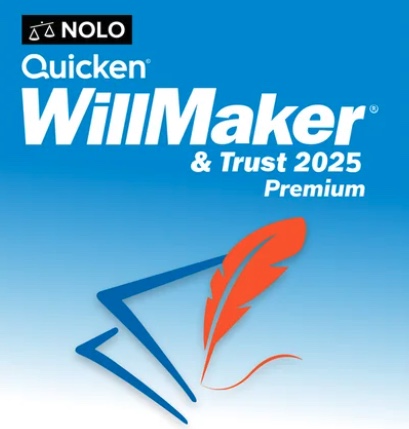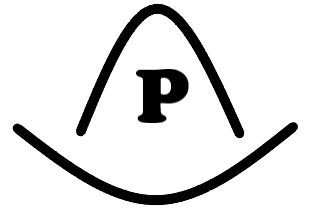Why You Need a Living Trust if You Own a Home
Owning a home is one of the most significant investments you’ll make in your lifetime. While it’s exciting to have a place to call your own, it’s equally important to ensure that your property and other assets are properly managed and protected, especially in the event of your passing. One of the most effective ways to do this is by creating a living trust.
What Is a Living Trust?
A living trust is a legal document that places your assets, including your home, into a trust while you’re still alive. You maintain control over the trust and its assets during your lifetime, and upon your death, the trust allows your assets to be distributed to your beneficiaries without the need for probate—a lengthy and often costly legal process.
Key Reasons to Create a Living Trust
Avoid Probate
Probate can be a time-consuming and expensive process, often taking months or even years to settle an estate. By placing your home in a living trust, you can bypass probate entirely, ensuring that your beneficiaries receive your property quickly and without unnecessary legal fees or court involvement.
Maintain Privacy
When a will goes through probate, it becomes a matter of public record, meaning anyone can access details about your estate. A living trust, however, keeps your affairs private. This is especially valuable for homeowners who wish to protect their financial and personal information.
Flexibility and Control
With a living trust, you retain full control over your home and other assets while you’re alive. You can buy, sell, refinance, or make any other changes to the trust’s assets as needed. Additionally, you can specify exactly how and when your assets will be distributed to your beneficiaries.
Incapacity Planning
A living trust also includes provisions for managing your assets if you become incapacitated. Rather than requiring a court-appointed conservator to make decisions, your chosen trustee can step in to manage your property according to your wishes.
Reduce Family Conflict
A clear and well-structured living trust can help prevent disputes among family members. By outlining your wishes in detail, you can minimize misunderstandings and reduce the likelihood of legal challenges.
How to Set Up a Living Trust
Creating a living trust involves several steps:
- Take Inventory of Your Assets
- List all your significant assets, including your home, bank accounts, investments, and personal property.
- Choose a Trustee
- Select someone you trust to manage the trust—this can be yourself during your lifetime and a successor trustee after your passing.
- Draft the Trust Document
- You can find an attorney to prepare a trust or you can follow my DIY steps below to create a California Living Trust for about $120. You can also later have an attorney review your trust for a lesser fee.
- Transfer Ownership of Your Home
- Update the title of your home to reflect ownership by the trust. This step is crucial to ensure your property is included in the trust.
- Communicate With Your Beneficiaries
- Inform your beneficiaries about the trust and its provisions to avoid confusion later on.
Final Thoughts
A living trust is a powerful tool for homeowners who want to protect their investment, simplify the transfer of assets, and provide peace of mind for their loved ones. While setting up a trust requires an initial investment of time and money, the benefits far outweigh the costs. If you own a home and haven’t yet considered creating a living trust, now is the time to take action. By doing so, you can safeguard your legacy and ensure that your property is managed and distributed according to your wishes. living trust is a legal document, or trust, established during a person’s lifetime where a designated person, the trustee, is given responsibility for managing that person’s assets for the benefit of the beneficiary. A living trust allows for the simple transfer of assets while bypassing the complex and expensive legal process of probate.
My 3 simple steps to creating a California living trust
- Purchase Nolo’s Quicken WillMaker & Trust software. I purchased my copy at Costco for $89.99.

2. Create your Living Trust & Certification of Trust using the Nolo software. The program is very intuitive and it took me about 2 hours. Take a printed copy to a notary and get the Trust document notarized. I went to the local UPS store for notary services. Cost is roughly $20.
3. Transfer your real estate to the Trust using a quit claim deed form. I downloaded one for free at the local country recorder. Notarize the form and file it at your local county recorder. The filing fee was $18.
